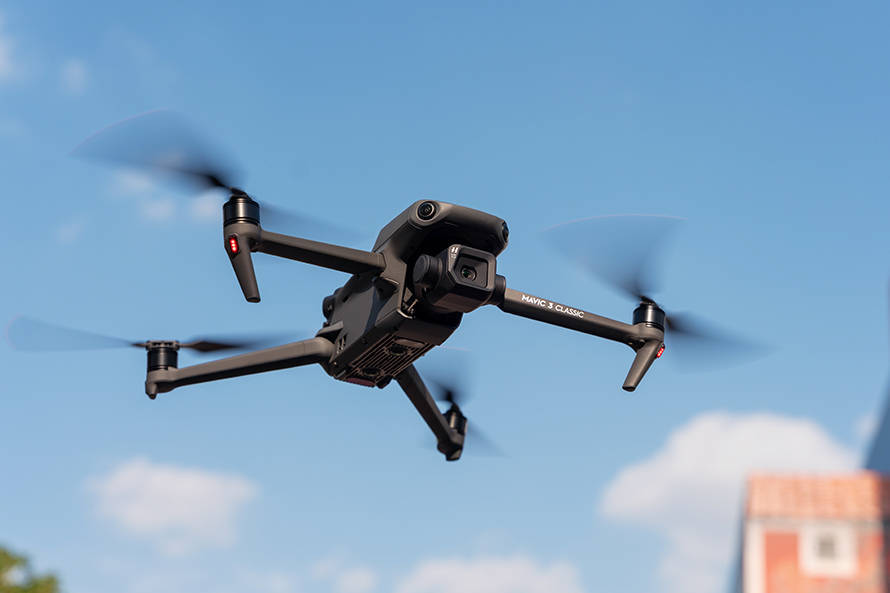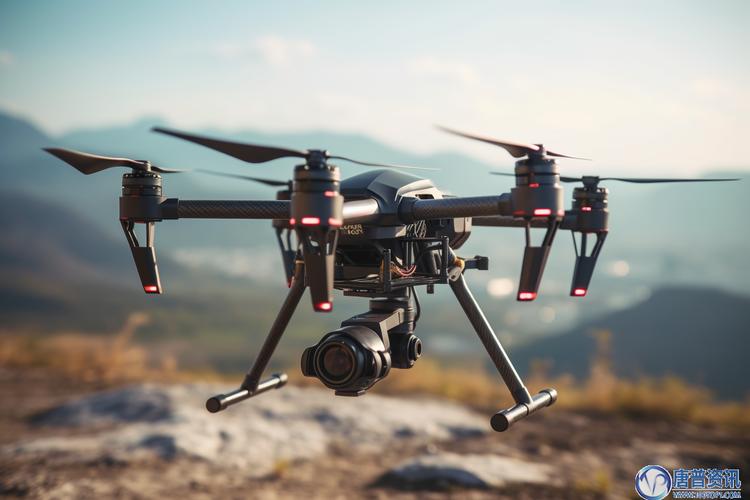The development and use of Iranian drone technology have surged dramatically over the past few years, making a significant impact on both regional and global militaristic strategies. Iran has invested substantial resources into perfecting their unmanned aerial vehicles (UAVs), which have been utilized extensively in surveillance, reconnaissance, and offensive operations. This diversification in the utility of Iranian drones reflects a broader trend where nations are increasingly relying on such technology for varying purposes, largely due to their cost-effectiveness and versatility.

Understanding Iranian Drone Capabilities
Iranian drones are recognized for their innovative designs and functional capabilities. With models like the Shahed series, these drones are equipped with advanced optics, stealth technologies, and increased payload capacities. This evolution in drone composition has allowed Iran to conduct sophisticated operations, often laying the foundation for their strategic military maneuvers. Unlike traditional aerial crafts, drones provide the advantage of remote control and automation, minimizing human risk while maximizing operational effectiveness.
The most notable advancement lies in the strategic value these drones offer. They serve as a pivotal component in Iran’s defense strategy, particularly as tensions in the Middle East continue to evolve. The drone technology often reflects mutual displays of power among neighboring countries, further escalating their importance in geopolitical matters. Iran’s focus on improving the range and precision of their drones indicates a long-term vision of technological supremacy and tactical advantage.
Impact on International Relations
Iranian drones have reinvigorated debates on international policies regarding military technology proliferation. Given that these drones have been utilized in various conflict zones, concerns surrounding their implications on regional security are rife. Countries like the United States and Israel regularly monitor Iran’s drone advancements, considering the potential threat they may pose. The continual upgrades and enhancements to Iranian drones often trigger diplomatic negotiations, aiming to curb potential militaristic escalations.
Moreover, the application of these drones extends beyond mere military engagement. They are also leveraged for environmental monitoring, border security, and disaster management. Such diversified applications highlight the transformative role drones play not only in security but in societal improvements as well.
Technological Innovations and Future Developments
Iran’s commitment to improving drone technology is evident through their consistent research and development efforts. This includes advancements in artificial intelligence, autonomous navigation, and enhanced electronic warfare systems integrated within their drones. The future looks promising as Iran continues to explore novel applications and partnerships that could further exploit drone technology.
FAQs on Iranian Drone Technology
What are the main uses of Iranian drones? Iranian drones are primarily used for surveillance, reconnaissance, and military operations, but they are also increasingly employed in civilian scenarios such as environmental monitoring and disaster management.

How does Iranian drone technology compare globally? While Iran may not have the most advanced drone technology compared to countries like the USA or China, their innovations, particularly in stealth and operational capabilities, stand out regionally. Their strategic use in geopolitical contexts further enhances their global significance.
What challenges does the growth of Iranian drones present? The proliferation of Iranian drones poses potential diplomatic and security challenges, especially concerning the balance of power in conflict-prone regions. Monitoring and regulating their use remain critical to mitigating escalations.